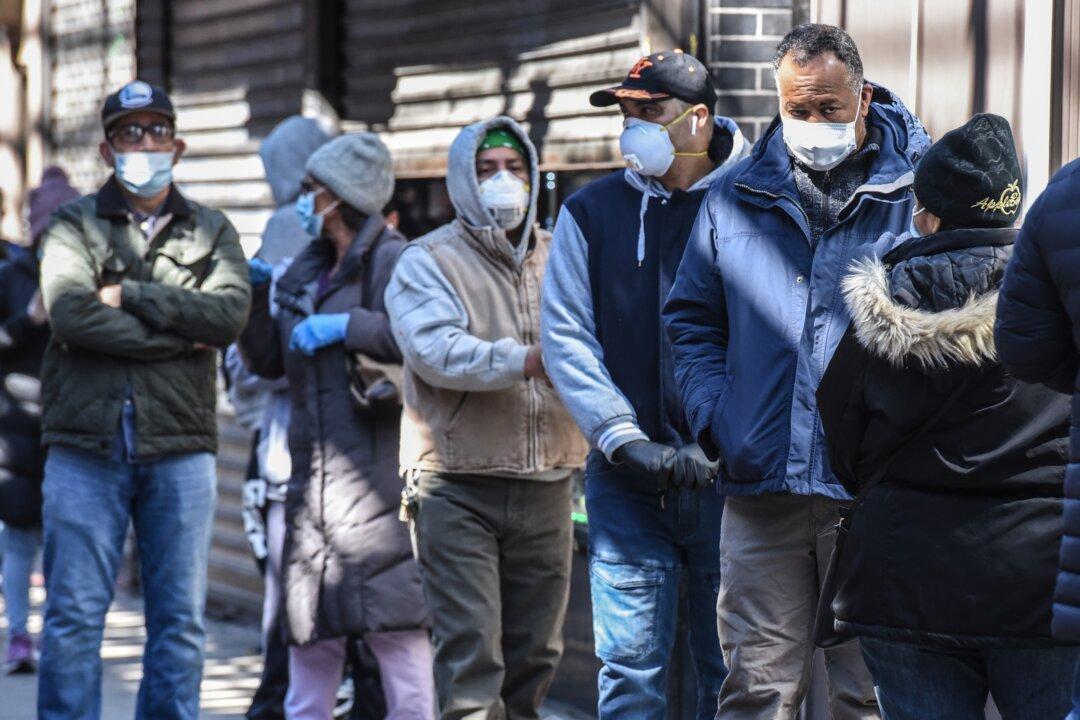More than 6.6 million workers in the United States filed unemployment claims during the week ending April 4, as CCP virus-related lockdowns and closures continued to drive deep layoffs.
The number of initial jobless claims filed across the country on a weekly basis—the most timely data on economic health—surged to 6,606,000. The total is only slightly lower than the record-setting 6.9 million claims filed during the prior week, according to the Department of Labor (pdf).





